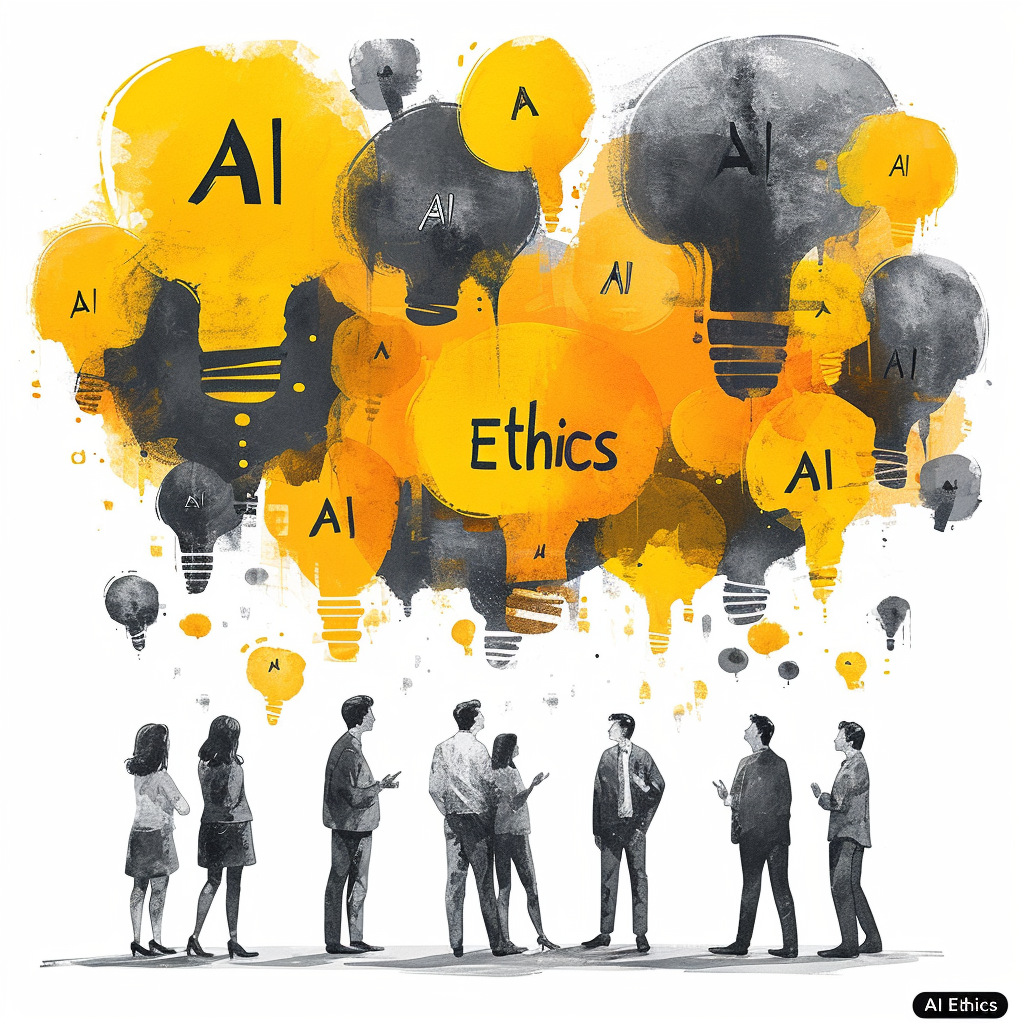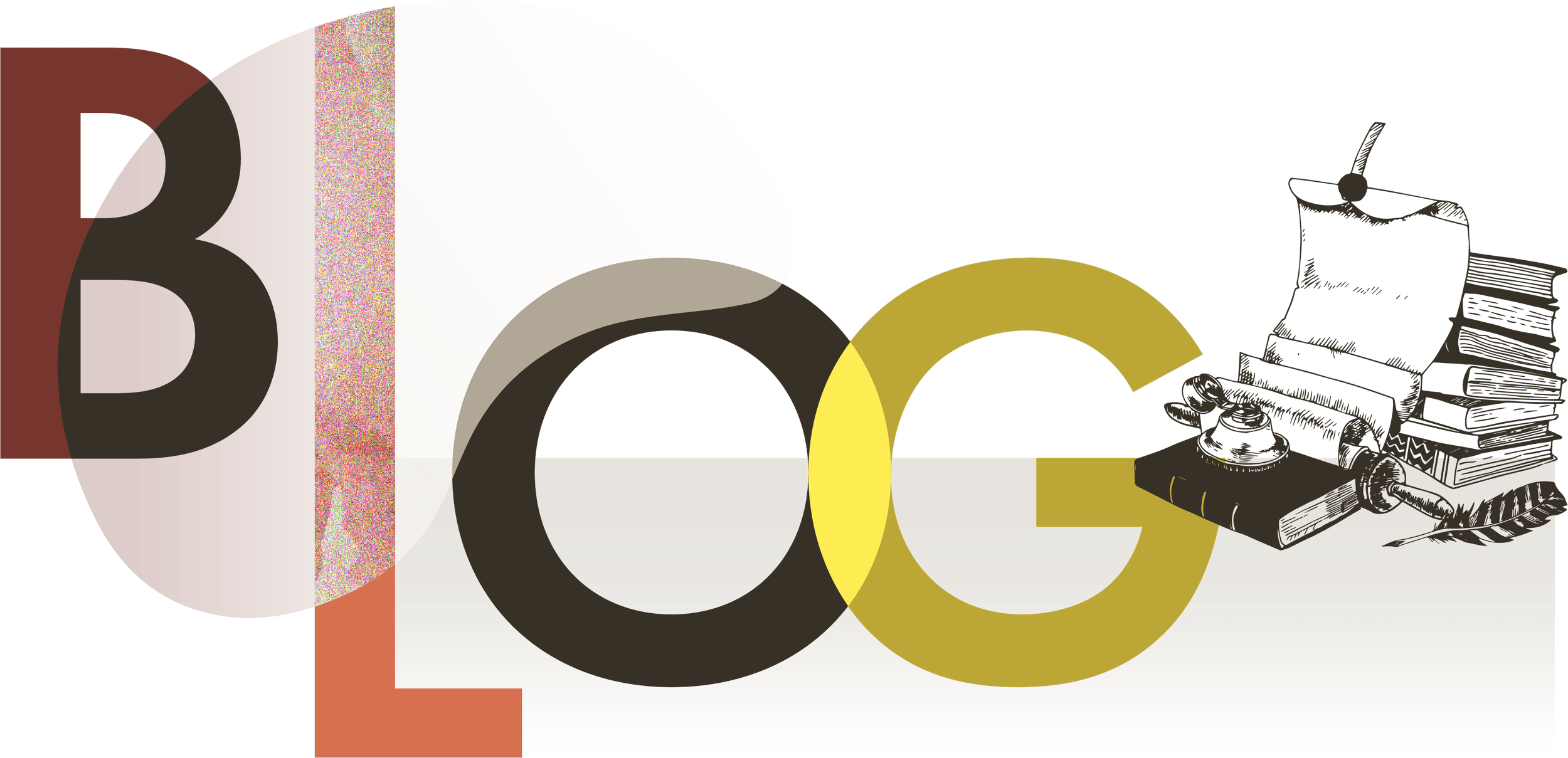BLOG | UNSER DENKECK
Artikel, Berichte und Studien

Die neue Kollegin heißt AI: Wie generative Modelle Teamarbeit, Expertise und Emotionen verändern
Die neue Kollegin heißt AI: Wie generative Modelle Teamarbeit, Expertise und Emotionen verändern
Von Klaus Motoki Tonn, Lumen Partners
Was, wenn ein Sprachmodell nicht nur ein Werkzeug, sondern ein echter Teampartner wird?
Eine aktuelle Feldstudie mit über 700 Professionals bei Procter & Gamble zeigt: Generative AI verändert nicht nur die Qualität von Arbeit, sondern auch, wie wir Zusammenarbeit, Expertise und soziale Verbindung im Arbeitskontext erleben.

Lumen Partners launcht www.dailogues.ai
Wie können wir der Vielfältigkeit und Komplexität der künstlichen Intelligenz begegnen?
Zusammen mit dem AI Competence Center der Deutschen Telekom haben wir www.dailogues.ai ins Leben gerufen.
dailogues.ai kommt einem Blog am nächsten, der durch eine Print-Ausgabe komplementiert wird, und zum Ziel hat, einen diskursiven Raum zu KI schaffen.

Die Psychologie der Klarheit: Dein Weg zum digitalen “Second Brain” Zettelkasten
In einer Welt, die immer komplexer wird, ist die Fähigkeit, Informationen sinnvoll zu organisieren, nicht nur eine Frage der Effizienz, sondern auch der mentalen Gesundheit– wir sprechen von “digitaler Resilienz”. Diese erreichen wir nicht nur durch Übungen und Vorkehrungen, sondern auch durch das Arbeiten an unserem System: Die Frage, wie wir in Zeiten von Informationsüberfluss die wirklich wichtigen und sinnvollen (und sinngebenden) Informationen so speichern, dass wir mit ihnen - auch zu einem weitaus späteren Zeitpunkt – kreativ werden können.

explorAItion Day @ Deutsche Telekom – Mensch trifft Maschine
Menschliche Intuition im Zeitalter der KI
„Ich spüre die Verbindung des Moments“ – Was passiert, wenn Mensch und Maschine sich wirklich begegnen?
Ein Klavierstück, zwei Menschen, ein Blickkontakt. Was simpel klingt, wurde beim explorAItion Day zu einem tiefen Moment der Resonanz. Michael Nickel spielte live, während sein Gegenüber mit Kopfhörern jede Nuance hörte – und fühlte.
Diese Szene war kein Zufall. Sie war eine bewusste Einladung, über die Frage nachzudenken: Kann KI solche Verbindungen schaffen? Kann Technologie Intuition und Menschlichkeit nachbilden?

Stärkenorientierte Führung: Von Toyota bis 3M – und wie sie überall gelingen kann
Führung war lange von einem defizitorientierten Ansatz geprägt: Schwächen wurden analysiert, korrigiert und Mitarbeitende an starre Vorgaben angepasst. Unternehmen wie Toyota, 3M, Google oder Gore zeigen jedoch, dass wahre Exzellenz entsteht, wenn Menschen in ihren Stärken arbeiten dürfen – und Organisationen sich darauf ausrichten, Potenziale gezielt zu entwickeln.
Doch wie funktioniert das? Und lässt sich dieser Ansatz auch in Unternehmen einführen, die (noch) nicht über die strukturellen Voraussetzungen von Google oder 3M verfügen?

Lumen Sommer Trainingsserie
Unser Ziel bei LUMEN ist es, sowohl fachliche Fähigkeiten zu fördern als auch persönliches Wachstum zu unterstützen.
Search Inside Yourself (SIY) - Entdecken Sie Ihr inneres Potenzial in diesem intensiven eintägigen Workshop. Nächste Termine sind der 31. Mai in der Leipziger Baumwollspinnerei und der 25.-26. September in Wiesbaden.
Effective Teaming - In diesem Training, das am 13. Juni online via Zoom stattfindet, lernen Sie, wie man effektiv in Teams arbeitet, mit einem Fokus auf Kommunikation und Kollaboration.
Adaptive Resilienz - Erlernen Sie Techniken zur Stärkung Ihrer Resilienz in einem sich schnell verändernden Arbeitsumfeld. Dieser Kurs wird ebenfalls online am 27. Juni angeboten.
Feedback Forward - Ein weiterer Online-Kurs am 27. Juni, der Ihnen zeigt, wie konstruktives Feedback den Unterschied in beruflichen und persönlichen Beziehungen machen kann.
Advanced AI Prompting - Für Technologie-Enthusiasten bieten wir am 1. Juli ein spezielles Training zu fortgeschrittenen AI-Techniken, ideal für diejenigen, die ihre Fähigkeiten im Umgang mit künstlicher Intelligenz vertiefen möchten.

Ethik der Künstlichen Intelligenz – eine Heranführung
Er umfasst einen eingehenden Blick auf die ethischen Grundlagen, zieht Inspirationen aus der Technikphilosophie und geht auf die Herausforderungen im Umgang mit Künstlicher Intelligenz ein.Es wird gezeigt, wie klassische philosophische Ansätze bei der Reflexion über KI hilfreich sein können.

Engagement und Verantwortung im Team fördern: Die Rolle von 'Search Inside Yourself'
In diesem Artikel untersuchen wir, wie das Programm "Search Inside Yourself" den fünf von Patrick Lencioni identifizierten Teamdysfunktionen entgegenwirken kann. Die fünf Teamdysfunktionen sind mangelndes Vertrauen, Angst vor Konflikten, mangelndes Engagement, Vermeidung von Verantwortung und mangelnde Ergebnisorientierung. Basierend auf wissenschaftlichen Erkenntnissen zeigt der Artikel, wie Achtsamkeit und emotionale Intelligenz dazu beitragen können, diese Hindernisse zu überwinden und eine konstruktive Teamkultur zu fördern. Search Inside Yourself wird von Lumen virtuell international in Deutschland und in englischer Sprache durchgeführt.

Die Rolle der AI in der Unternehmensentwicklung
Die erfolgreiche Einführung von Künstlicher Intelligenz (KI) in Unternehmen setzt ein fundiertes Verständnis von General AI (GenAI) und dessen Anwendungsmöglichkeiten voraus. Von der Effizienzsteigerung alltäglicher Aufgaben bis zur Unterstützung strategischer Entscheidungsprozesse eröffnet KI vielfältige Potenziale. Dieser Leitfaden beleuchtet, wie GenAI-Lösungen wie ChatGPT Geschäftsprozesse transformieren und welche Bereiche von der Automatisierung und Analyse bis hin zur kreativen Content-Erstellung von KI profitieren können.

Der feine Grat: Gesunde vs. Toxische Resilienz
Das Ablehnen toxischer Resilienz und die Förderung gesunder Resilienz sind entscheidend für das Wohlbefinden von Individuen und Organisationen. In diesem Beitrag schauen wir näher hin, was Gelingensfaktoren für eine gesunde und wiederum was Gründe für toxische Resilienz sind.

